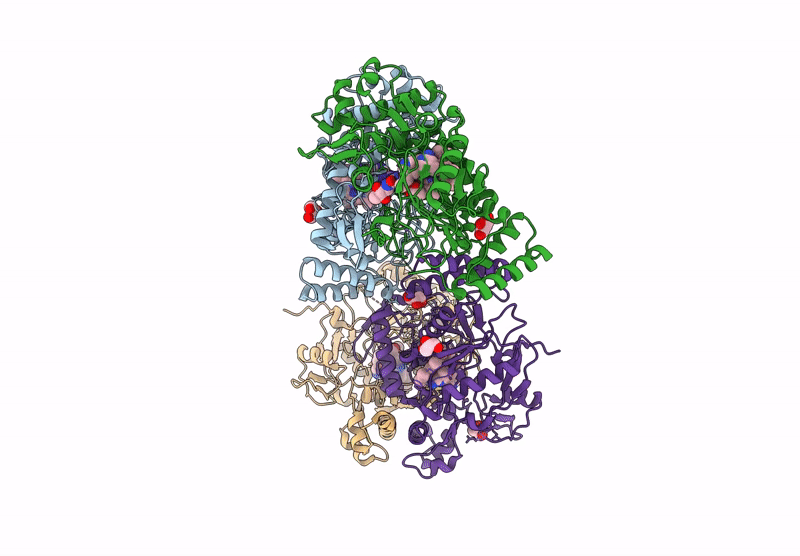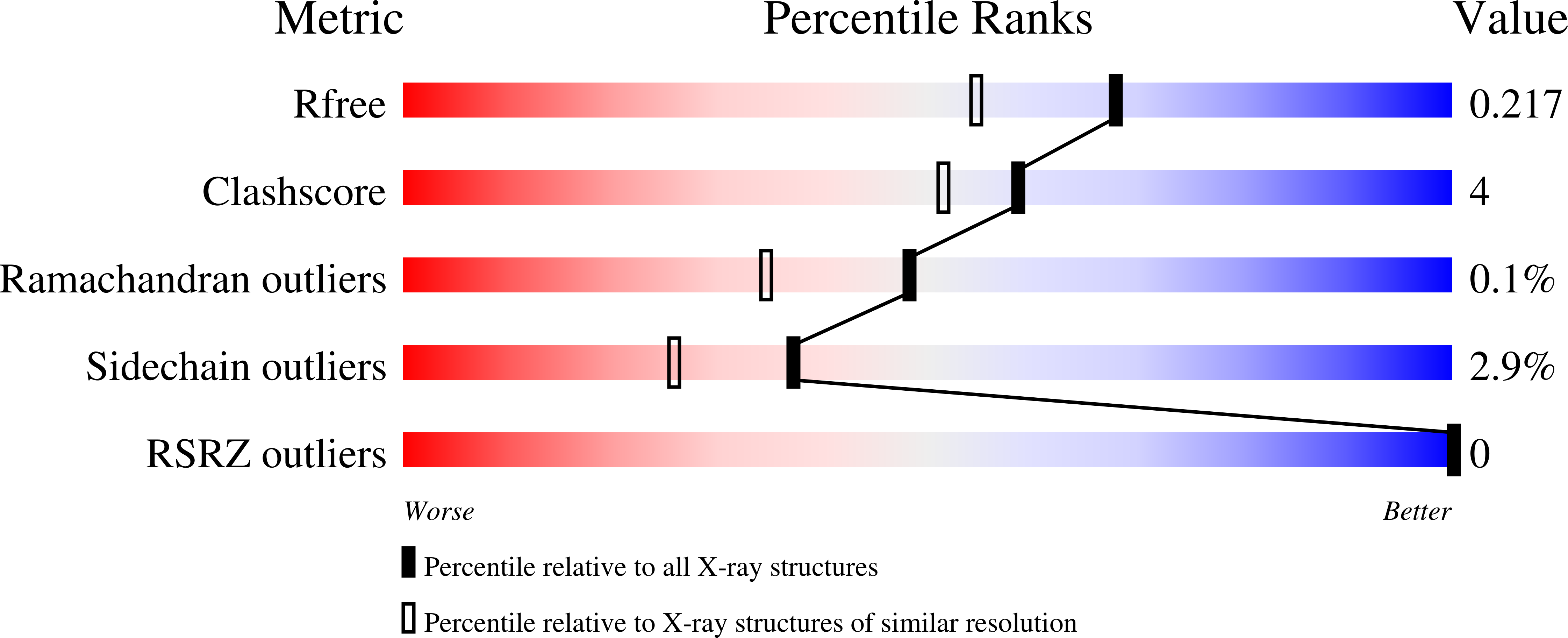Abstact
Neuronal nitric oxide synthase (nNOS) is a promising target for addressing various neurological disorders and melanoma. Our discovery of a series of truncated pyridinylbenzylamines has yielded potent, selective, and membrane permeable inhibitors of human neuronal nitric oxide synthase. By implementing an efficient synthetic procedure using the Suzuki-Miyaura cross-coupling reaction, we were able to rapidly identify a potent inhibitor. This new inhibitor (18, 6-(2,3-difluoro-5-((methylamino)methyl)phenyl)-4-methylpyridin-2-amine dihydrochloride) exhibits excellent potency, with Ki values of 30 nM for human nNOS and 40 nM for rat nNOS. It also demonstrates high isoform selectivity, showing an 821-fold preference for human nNOS over human endothelial NOS (eNOS) and a 75-fold selectivity over human inducible NOS (iNOS). Additionally, inhibitor 18 displays high permeability (Pe = 10.7 × 10-6 cm s-1) in an artificial membrane permeability assay. The crystal structures of several NOS-inhibitor complexes provide valuable structural insights into the potency and selectivity of this series of novel inhibitors. A particularly notable finding is the unexpected role of a Cl- anion bound to heNOS, which contributes to the high isoform selectivity of these inhibitors and explains why heNOS binds Cl-, while hnNOS does not. This unique Cl- binding site could be important in future inhibitor design, opening new avenues for the development of more selective NOS inhibitors. Additionally, the presented crystal structures reveal the key factors required to maintain both high potency and selectivity in the simplified inhibitors discussed in this study. Abbreviations: NO, nitric oxide; nNOS, neuronal nitric oxide synthase; iNOS, inducible nitric oxide synthase; eNOS, endothelial nitric oxide synthase; rnNOS, rat neuronal nitric oxide synthase; hnNOS, human neuronal nitric oxide synthase; hiNOS, human inducible nitric oxide synthase; heNOS, human endothelial nitric oxide synthase; l-Arg, l-arginine; NADPH, reduced nicotinamide adenine dinucleotide phosphate; CaM, calmodulin; H4B, (6R)-5,6,7,8-tetrahydrobiopterin; FAD, flavin adenine dinucleotide; FMN, Flavin mononucleotide, BBB, blood-brain barrier; CNS, central nervous system; PAMPA, parallel artificial membrane permeability assay; P-gp, P-glycoprotein; ER, efflux ratio; Pe, effective permeability; Papp, apparent permeability; Caco-2, cancer coli-2; TLC, thin layer chromatography; TBAF, tetra-n-butylammonium fluoride; TFA, trifluoroacetic acid.



